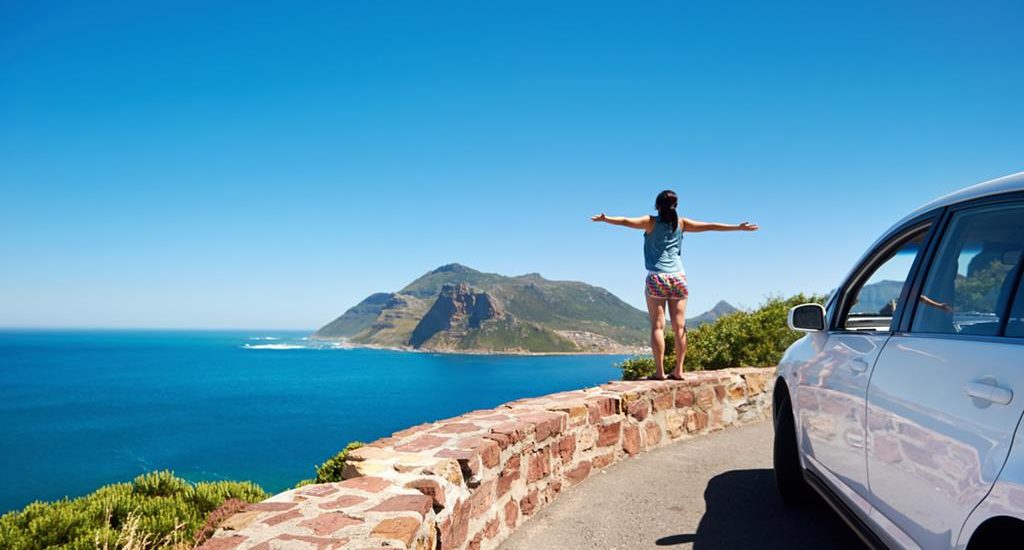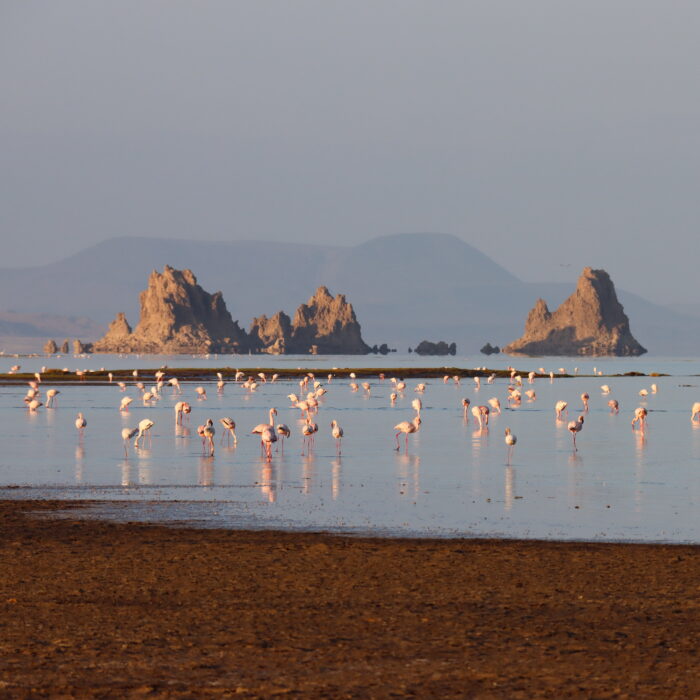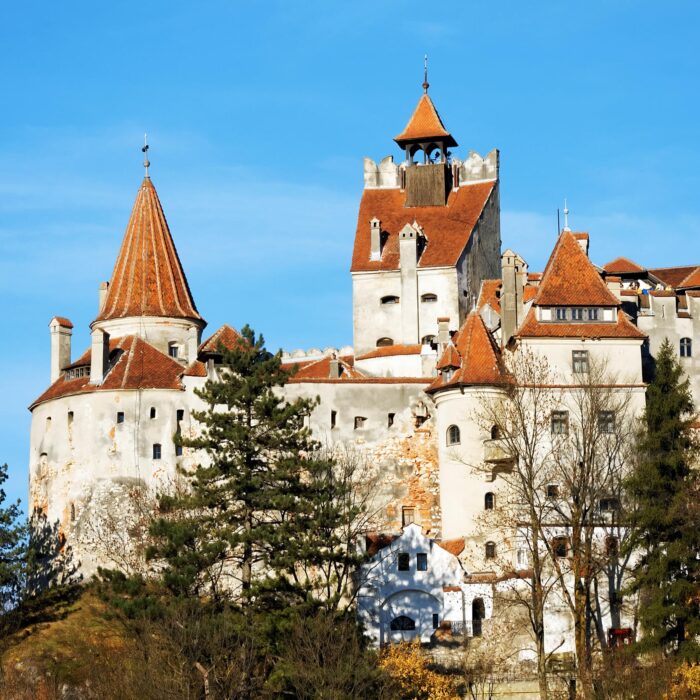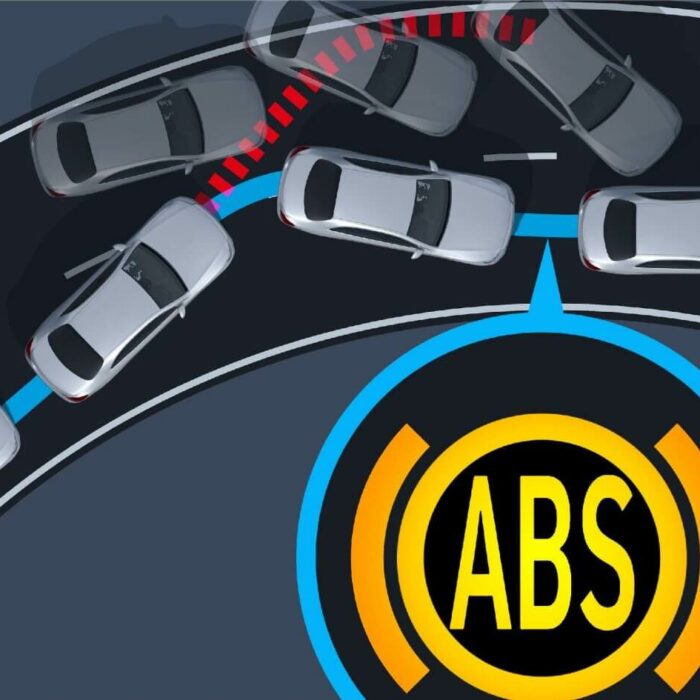Pre-Trip Car Maintenance and Preparation
Proper vehicle preparation is crucial for a successful road trip. If your car is due for maintenance, complete it at least a week before departure and replace necessary consumables and parts. Long-distance driving at highway speeds puts additional stress on your engine, making fresh oil essential for optimal performance.
Essential maintenance checklist:
- Replace brake shoes and discs if more than half worn
- Check tire condition, balance, and proper inflation
- Inspect wheel bearings and alignment
- Change engine oil and filter
- Test all lights and electrical systems
Complete these preparations at least a week before departure to test the quality of work and address any issues that arise.
Pack only essential items for your journey. Rather than carrying heavy repair tools for roadside fixes, it’s better to replace questionable parts before leaving. Modern infrastructure means auto parts stores and service stations are readily available along major routes.
Recommended spare parts and tools:
- Alternator drive belt
- Complete set of replacement bulbs
- Spare spark plugs
- Basic hardware (bolts, screws, washers, wire)
- Standard wrench set
Fuel Planning and Food Strategy for Road Trips
Modern fuel infrastructure has significantly improved, with gas stations spaced closer together than your vehicle’s range on a full tank. However, carry a small 5-10 liter emergency fuel container for peace of mind, especially when traveling through remote areas.
For extended trips to remote destinations, pack additional supplies only if you’re confident in using them properly.
Food planning options:
Option 1: Dining at roadside establishments
- Pack light snacks and sandwiches
- Bring a thermos of hot beverages
- Avoid perishable items that may spoil
Option 2: Self-prepared meals
- Choose foods that store well and cook easily
- Avoid fragile containers that break during travel
- Consider how heat affects food (cheese and chocolate melt, bread becomes hard or soggy)
- Pack non-perishable alternatives to traditional road trip foods
Trip planning can be challenging due to unexpected detours for attractions or road closures. Invest in detailed road maps for general navigation, even though their reliability may vary.
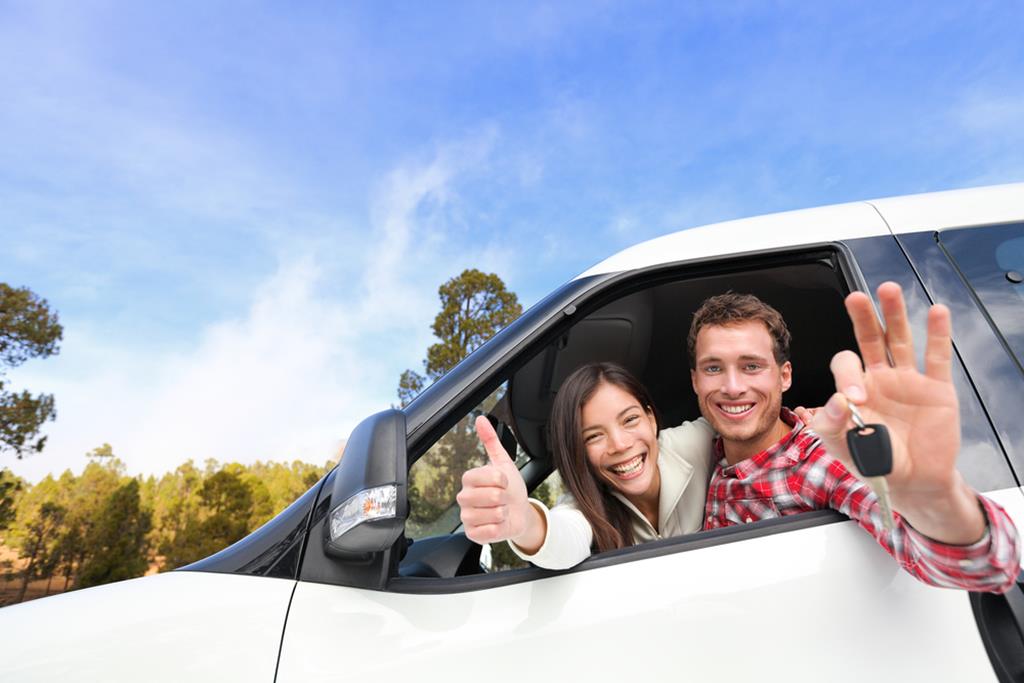
Driver rotation and safety guidelines:
- Multiple drivers significantly improve safety and reduce fatigue
- Single drivers should limit daily distance to 700-800 km maximum
- Rotate drivers every 400-500 km (4-6 hours)
- Combine driver changes with meals and physical activity
- Maintain average speeds of 75-90 km/h for safety and fuel efficiency
Unless you’re racing to reach a specific destination, avoid rushing. Passengers should be able to enjoy scenery or rest comfortably, and fuel consumption decreases significantly at moderate speeds.
Travel Logistics: Departure Planning and Overnight Accommodations
Pre-departure preparation:
- Complete packing the day before departure
- Pack only perishable items and travel documents on departure day
- Ensure adequate rest before driving – tired drivers are dangerous drivers
- Avoid last-minute packing that leads to forgotten essentials
Night driving considerations:
- Roads are less congested at night
- Oncoming headlights can cause dangerous glare
- Pedestrians and cyclists are less visible in low light
- Driver fatigue increases significantly during natural sleep hours
Overnight accommodation tips:
- Secure lodging before dark for better selection and safety
- For wild camping, park near truck stops or well away from main roads
- Maintain distance from the road to avoid theft and disturbances
- Consider comfort: modern cars aren’t designed for sleeping

For trips involving multiple overnight stops, invest in a quality tent and air mattress. Most modern vehicles aren’t designed for comfortable sleeping.
These practical tips will help ensure your road trip remains enjoyable and stress-free. Don’t forget to obtain your International Driving Permit along with your passport and other required documents. Apply for an IDL conveniently through our website.
Safe travels and happy road tripping!

Published December 18, 2017 • 4m to read

